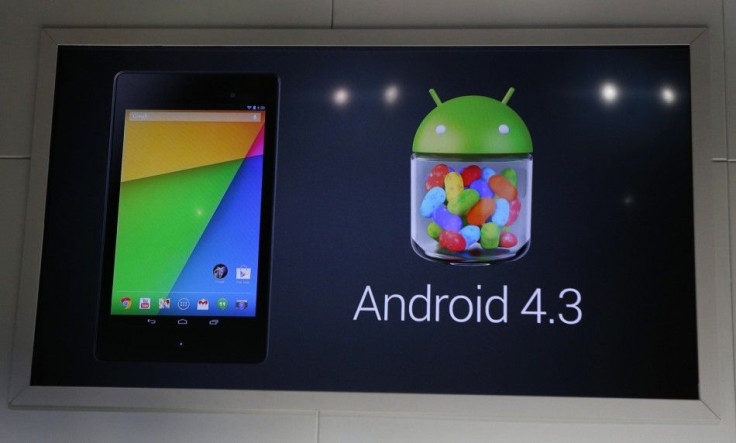Google on Android 4.5 Lollipop Release to Come with Mind-Blowing Features Changing User Interaction

Google's I/O Conference finally comes with promise of the Android 4.5 or 5.0 Lollipop release. According to recent reports, the upcoming Android mobile OS update will come with mind-blowing features guaranteeing a major shift in user interaction. The next Android platform will reportedly feature HTML 5 integration, a redesigned user interface and a system orientation seeking to unify Android platforms with other systems like the internet and the iOS. Can Google really make a difference?
According to a report by Android Police, the redesigned user interface for the upcoming update is called Moonshine. This offers a flatter and cleaner look much like the iOS 7. The icons are circular and flatter with a more colorful scheme. The navigation buttons will also appear cleaner emphasizing a minimalist approach. The upcoming Lollipop update will also reportedly be part of the Hera project seeking to unify platforms like Android, Chrome and Search.
According to The Fuse Joplin, the Android 4.5 or 5.0 Lollipop update can come with additional design changes like a bright red Google+ navigation bar and a red menu background. The screen color may also change once users try to bring up the menu background. Currently, the menu background becomes grey to direct attention to the primary menu. The grey will become red when Google finishes with its touches to the new Android update.
As mentioned, the upcoming Android firmware will be part of the Hera initiative. The main goal is to develop a chromium build for Chrome and Android unifying the experience. The multitasking windows will be also fully functionally allowing people to have more interactive windows in place of the static ones. The planned HTML 5 integration will allow users to carry out tasks in the windows instead of just plain screenshots of opened applications.
There will also be a change in user-device interaction. All standard tasks will have additional authority. Android plans on developing the platform between Android devices and computer more seamless - a similar approach in Apple's iOS and OS X ecosystem.
Google has not made official announcements yet but one thing is for sure - there will be deep integration of the HTML 5 to an unidentified extent.




















